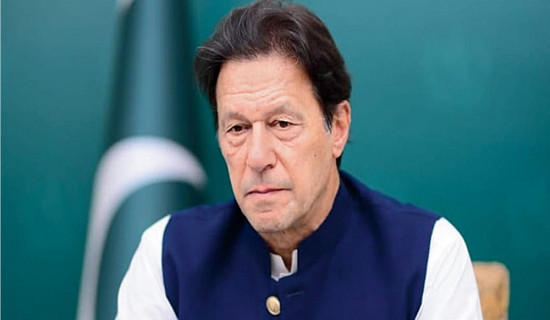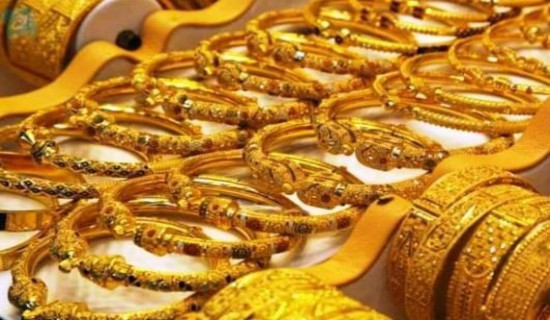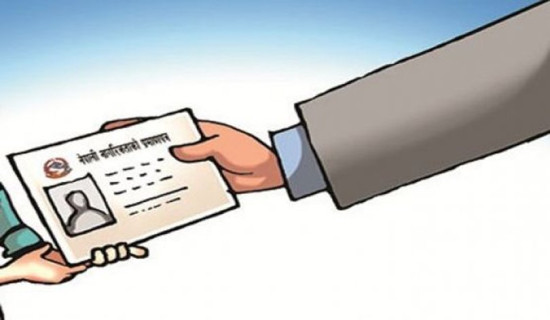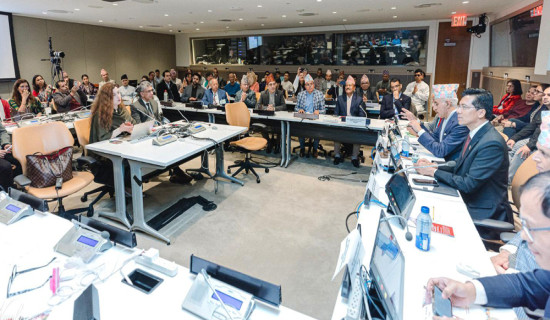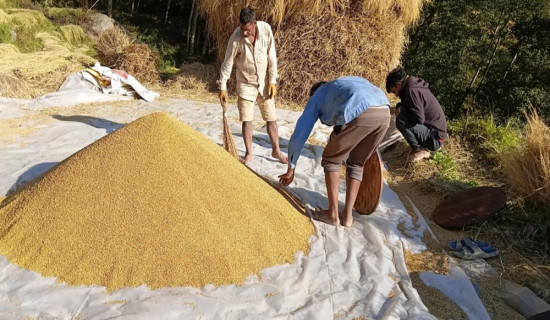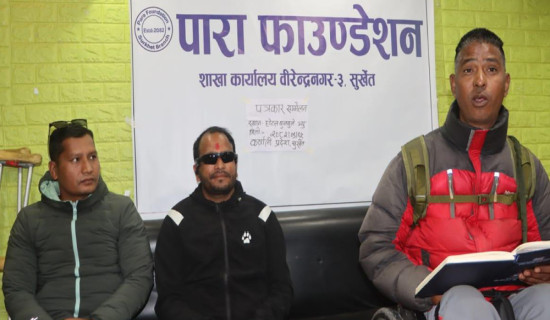- Sunday, 21 December 2025
Nepal’s Tourism Set To Bounce Back
With the peak tourist season (autumn) arriving, Nepal’s tourism industry is expected to leap ahead as global tourism has been on track gradually. Since the country has lately seen a gradual fall in the number of COVID-19 infections, it is now set to welcome travellers from around the world. Having a variety of tourist attractions, the nation is undeniably an important destination for travellers belonging to different age groups with varied interests.
Global tourism was among the worst-hit after the outbreak of COVID-19 and ensuing lockdowns and other restrictions in place in most parts of the world to stem the spread of the pandemic. The years 2020 and 2021 were the most unfavourable for tourism when international tourist arrivals dropped at an alarming rate. Even the top tourist destinations around the world suffered an unprecedented setback owing to this rare global public health crisis. However, this multifaceted industry has begun reviving remarkably since the beginning of 2022. With the success of the vaccination drive against this deadly contagion, people have started travelling at a global scale. Even a negligible incident or factor could cause a huge damage to this industry in no time. At the same time, it may begin bouncing back as soon as such a crisis subsides. This tendency is an indicative of the fact that tourism is both sensitive as well as resilient sector.
Robust recovery
The first five months of 2022 witnessed a robust recovery in international tourist arrivals in many parts of the world. The latest statistics released by the UNWTO (United Nations World Tourism Organisation) show that nearly 250 million international arrivals were recorded during the review period. In the same period last year, international tourist arrivals stood at only 77 million. This shows that the tourism sector has recuperated almost half of pre-pandemic 2019 levels. What is another notable fact is that the revival of tourism has kept gaining due momentum in many parts of the world by withstanding numerous challenges. As per the UNWTO, Europe received more than four times as many international arrivals as in the first five months of 2021. It was possible because of the increasing intra-regional demand and the lifting of travel restrictions in more nations.
The Middle East and Africa also saw the strong growth to remain 54 per cent and 50 per cent below 2019 levels, respectively. Similarly, tourist arrivals to Asia and the Pacific rose by 94 per cent in the review period as compared to the same period last year. However, numbers remained 90 per cent below pre-pandemic levels owing to closure of some borders to check non-essential travel.
Together with the recovery of global tourist arrivals, there has been increasing tourism spending out of the main source markets. Figures indicate that international expenditure by tourists from France, Germany, Italy and the United States has stood at 70 per cent to 85 per cent of pre-pandemic levels while spending from India, Saudi Arabia and Qatar has surpassed 2019 levels. Many countries such as the Republic of Moldova, Serbia, Seychelles, Romania, Albania, Pakistan, Sudan, Croatia and Portugal have fully recovered their pre-pandemic levels when it comes to international tourism receipts. Some months back, the World Travel and Tourism Council (WTTC) had projected that the global travel and tourism would return to pre-pandemic levels by 2023. This sector is anticipated to grow in such a way that it could outpace even global GDP growth. According to a forecast by the WTTC, tourism may register an annual average growth rate of 5.8 per cent from 2022 to 2032 as against the 2.7 per cent rise in global GDP. This sector may also generate 126 million new jobs.
In line with the trend of global tourism recovery, Nepal’s tourism sector has also been bracing for revival for the past couple of months. The nation has welcomed a total of 322,426 foreign tourists in the first eight months this year. In August alone, altogether 41,304 international travellers entered the country through the Tribhuvan International Airport (TIA). India, the United States, the United Kingdom (UK), Bangladesh and China were the top five source markets with 16,147, 4,066, 2,826, 1,751 and 1,289 tourists, respectively. In the same month of 2021 and 2020, the country received 6,093 and 584 tourists, respectively. However, the country played host to as many as 92,604 travellers in August 2019.
Biggest source market
India has been the biggest tourist source market for Nepal since the beginning, with the two immediate neighbours sharing open borders. Cultural connections and better transport facilities are the major factors contributing to tourism growth between these two nations. The pleasant weather here in Nepal is yet another attraction for potential Indian travellers, including pilgrims. Hundreds of visitors from different parts of India are now in the country to visit various pilgrimage sites. Limi Lapcha in Humla district is their main destination from where they view Kailash Manasarovar, a popular pilgrimage site located in the Tibet Autonomous Region of China.
China is another key tourist source market for all the major destinations worldwide, including Nepal. However, as China has adopted a ‘Zero COVID’ policy, the country is still not open to foreigners. Once the northern neighbour starts allowing its citizens to visit overseas for a travel purpose, Nepal, too, is sure to witness more tourists. Meanwhile, the government is working on reviving the COVID-hit tourism. The Ministry of Culture, Tourism and Civil Aviation (MoCTCA) has joined forces with various organisations and stakeholders to keep all the heritage sites and other tourist spots neat and clean. This clean-up drive is part of the ministry’s newly unveiled 73-point strategy. The government must implement this strategy in an effective manner to give a boost to tourism, a vital component of the national economy.
(Dahal is Deputy Executive Editor of this daily.)









